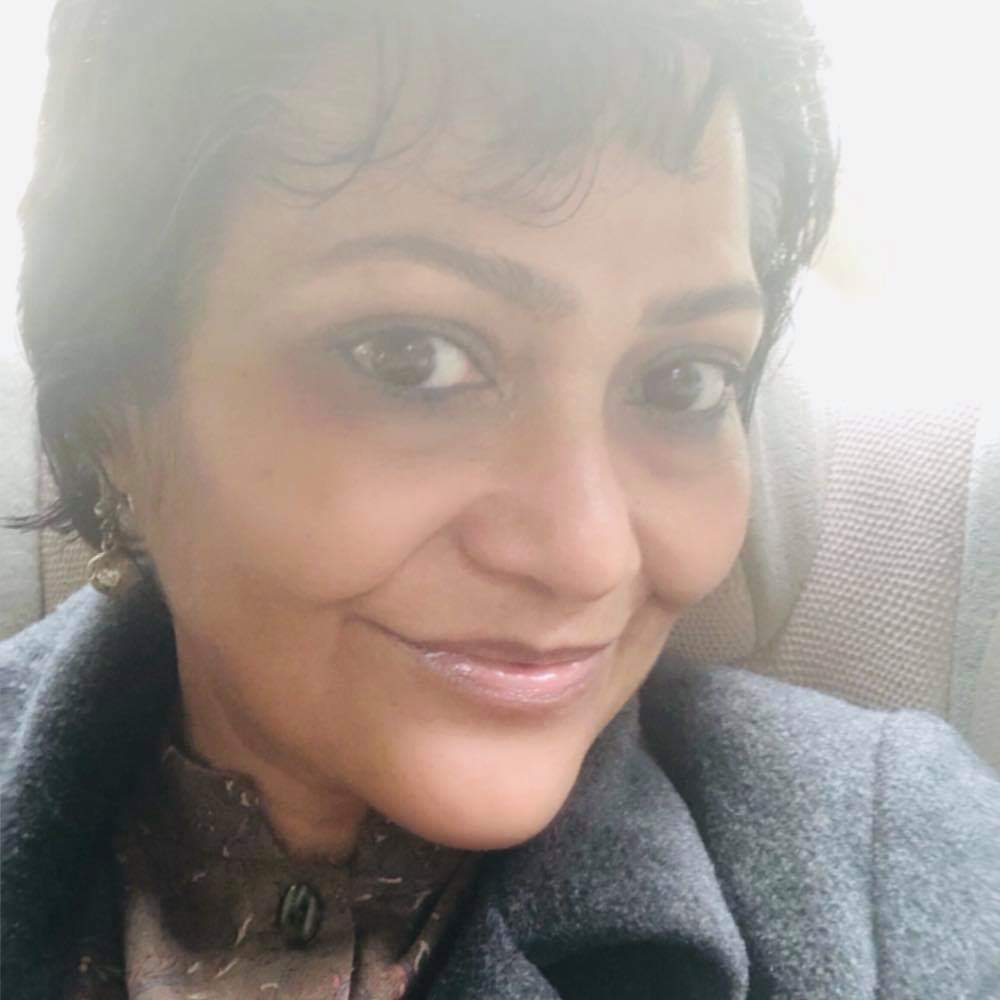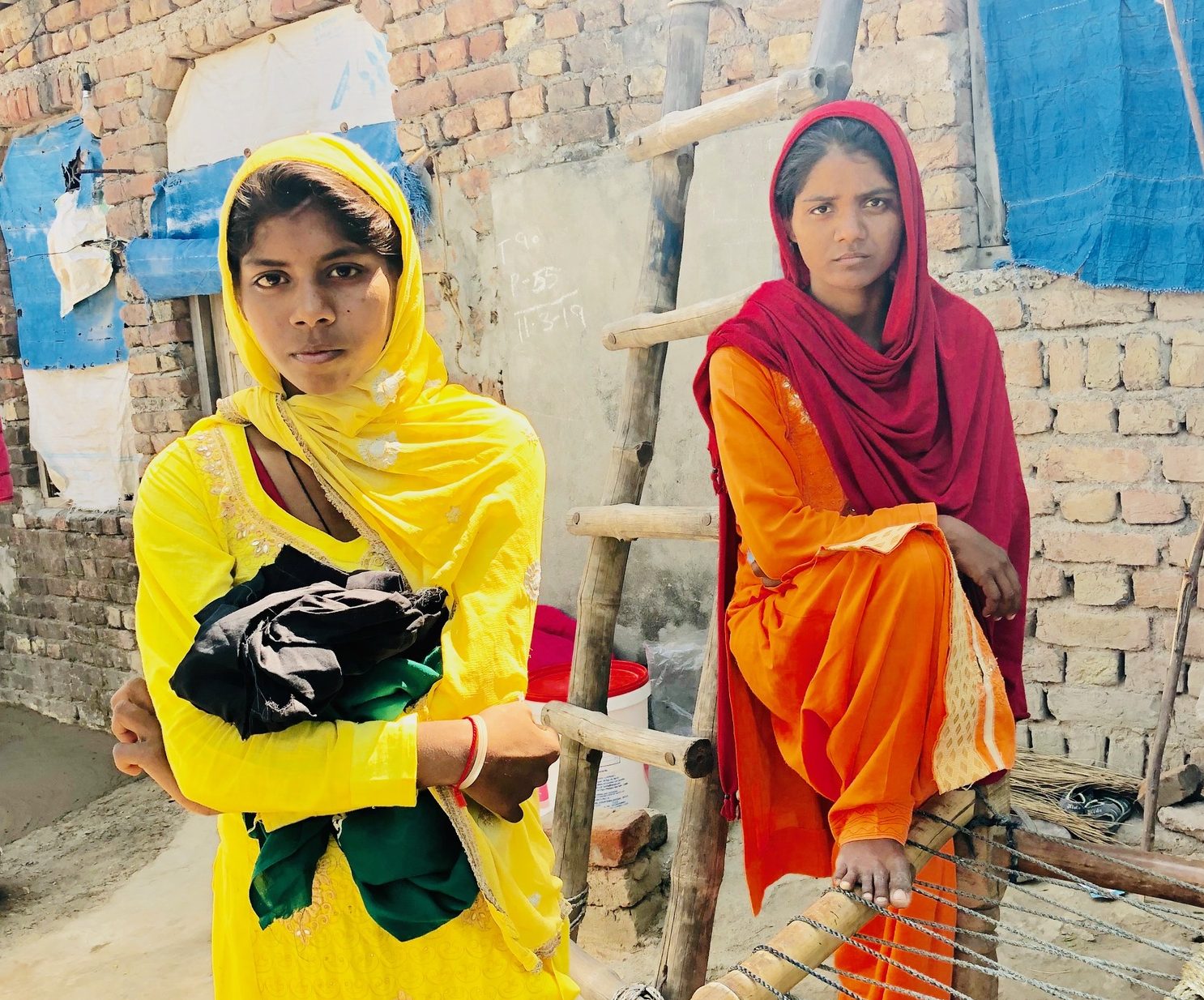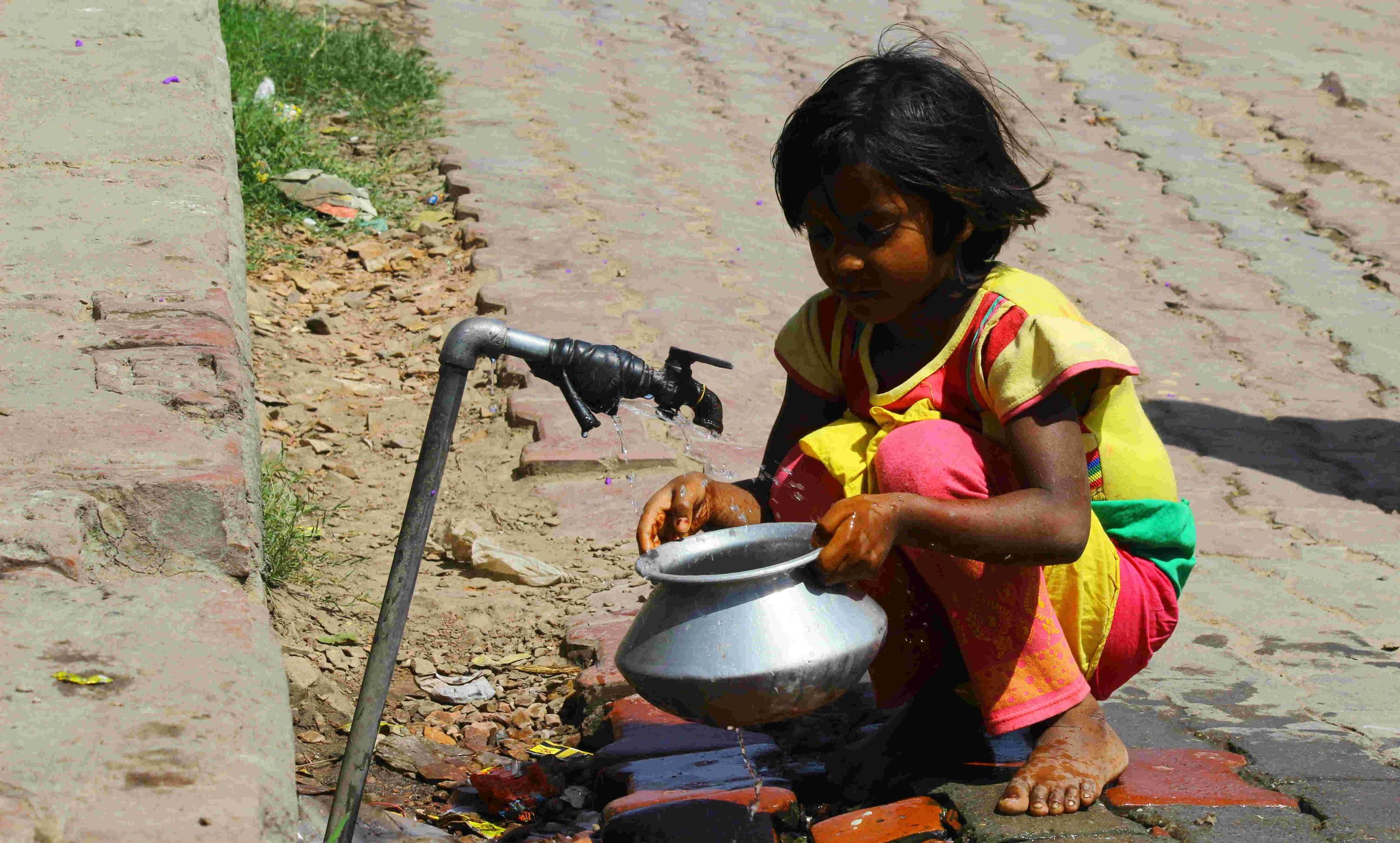A tale of two sisters: One is allowed to study, the other has to fetch water
The tale of two sisters of Adbar shows that access to water also plays its part in determining who goes to school and who does not. Young girls should not have to miss school to fetch water


Aaisa is fourteen years old, studies in a government school in Adbar, a nondescript village in Haryana’s Nuh district and is the only one in her family to have reached the tenth grade. Female literacy in Adbar hovered around 26.70 % when the last Census (2011) was taken.
In Adbar, lives and dreams revolve around water. This village of around 6,500 people faces a severe scarcity of drinking water; the groundwater is saline, making it unfit for drinking, village women say.
In the neighbourhood where Aaisa lives, no one has piped water in their homes. This forces poor families to make harsh choices.
“ I told my father I don’t wish to spend my school hours fetching water. I am good at studies. I want to study further,” the chirpy teenaged girl in a yellow salwar-kurta tells me as we walk through the village roads.
This dreary task now falls on her sister, Saina, a shy young girl in an orange salwar-kurta and maroon dupatta, who dropped out of school. Saina does not speak much but is eager to show me how to balance a plastic container on her head, and walk.
She does this every day, to fetch water which the family uses. Some households, a little distance away, have underground reservoirs, locally known as kundas, to meet their daily need of water for drinking, washing and cooking as well as for their cattle.

Saina’s story is the stuff of the everyday lives of millions of girls and women in rural India who trudge with matkas and plastic cans on their heads to fetch water.
Aaisa and Saina live in the same house but their lives follow different trajectories. Aaisa is determined to study further, to go to college and then work. Her parents support her, she says, though many in the village question the value of educating girls beyond a point.
Saina does not speak about her dreams. They have drowned in a matka.
Nuh was earlier called Mewat. In 2016, Nuh town got a new-look bus stand, a night shelter and a toilet complex run by Sulabh Shauchalaya. In 2018, Niti Aayog classified Nuh as the most backward district in India on many parameters. Now, it is listed as one of India’s “aspirational districts”. Glitzy Gurgaon – the city of multinationals and multiplexes – is just about 50 km away.
But villages like Adbar are still worlds of dirt tracks and cow-dung patties.
The tale of the two sisters in this water-stressed patch of India is a telling reminder of the very difficult choices that desperately poor families in this country often make.
When water is not piped to the home the burden of fetching it falls disproportionately on women and children, especially girls, as UNICEF reminds us routinely. For women, the opportunity costs of collecting water are high, with far reaching effects. It significantly shortens the time they have available to earn a living or to study or to spend with their families or on childcare or other household tasks or even in leisure activities.

Collection of water can also impact the health of the whole family. Water can get contaminated even if it is collected from a safe source, while being transported and stored. Children are the most vulnerable. This in turn increases the risk of diarrhoeal disease, a major cause of death among children under five, and a leading cause of chronic malnutrition, or stunting.
I saw the poignant face of water-stress in Aaisa’s family – one child is allowed to study, chase her dreams; another has to reconcile herself to dreary domestic chores like fetching water.
I never got to meet Aaisa’s parents. Both were out when I dropped by but one can only guess at what would have led a family to encourage the child with the winning streak to pursue her ambitions while the others, including Saina, remain trapped.
There are many Sainas in rural India. Out of the 180 million rural households in this country, only around 33 million have access to piped water in their homes.
This July, Prime Minister Narendra Modi announced The Jal Jeevan Mission whose goal is to provide tap water to all rural households by 2024 under the Nal se Jal scheme.
But as the recently released survey of the 76th round of National Sample Survey Office (NSSO) on Drinking Water, Sanitation, Hygiene and Housing Condition tells us, the task ahead is herculean. Only 21.4% households in India have access to piped drinking water. Rural India is much worse off – 11.3% rural households receive potable water directly at home and nearly 42% of rural households have to travel every day to fetch drinking water. This chore inevitably falls on women and girls.

India’s water ministry has been strengthened and is now called Jal Shakti. The government says the Jal Jeevan Mission will rejuvenate rivers and other local water sources. It has proclaimed its intention to hugely ramp up total water availability so that every Indian home can have access to piped water. Under the mission, the government plans to focus on rainwater harvesting and water conservation in 256 districts in the first phase and undertake other initiatives such as renovation of traditional water bodies and tanks, reusing water, watershed development and intensive afforestation.
All this is good news. But as we know and as we have seen with other flagship programmes like Swachh Bharat Abhiyan, the devil is in the details and what will matter ultimately is not intention but implementation.
Nearly 600 million Indians already face “high to extreme water stress”, according to the UN definition. As many as 1,592 blocks in 256 districts which cope with an acute water crisis have reported overexploitation of groundwater.
Without water, there is no life, nor health. The tale of two sisters of Adbar shows that access to water also plays its part in determining who goes to school and who does not. Young girls should not have to prove they are champions to access basic education. They should not have to miss school to fetch water. Right now, even as the political drama in the country hogs front pages and prime-time news, there are millions of girls like Saina whose dreams are being snuffed out because water collection takes precedence over education.

